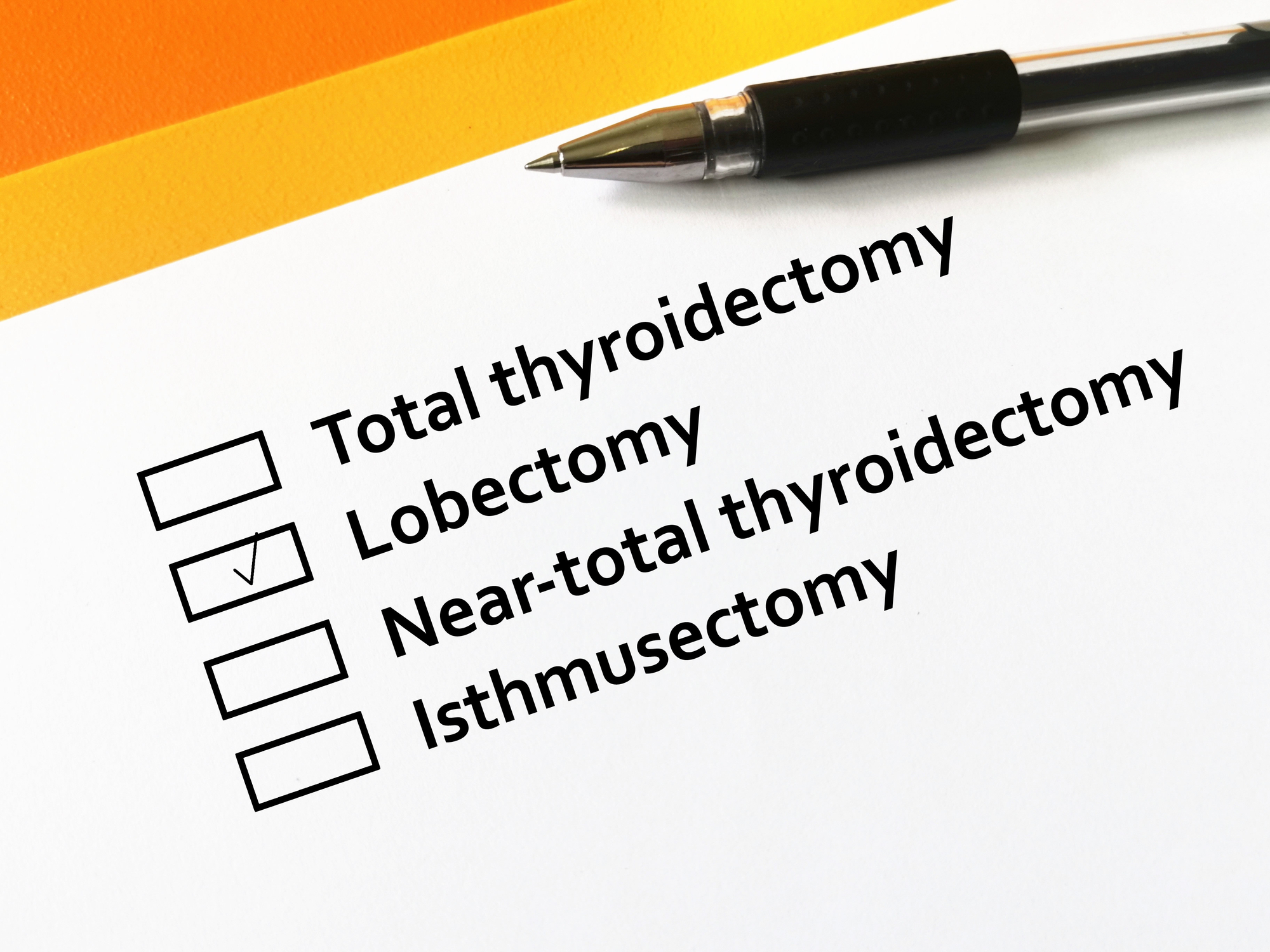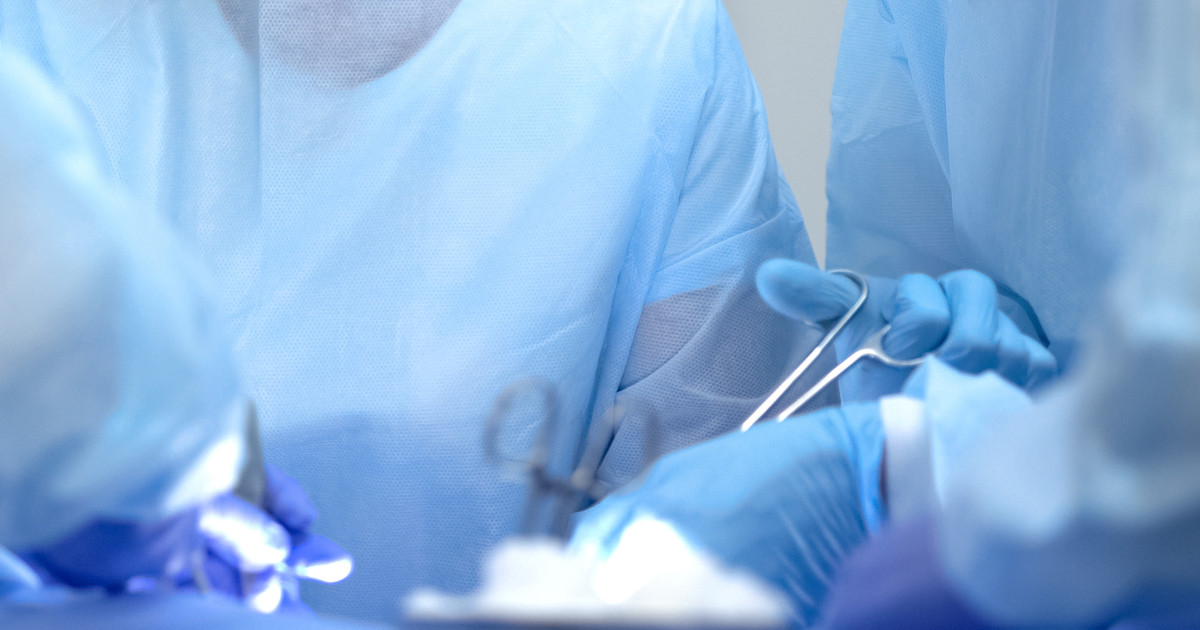Guide To A Thyroidectomy
The thyroid gland is located at the base of the neck. It is responsible for making hormones that regulate heart rate, blood pressure, body temperature, and metabolism. Two examples of these hormones are thyroxine and triiodothyronine. When making hormones, the thyroid relies on iodine, a mineral present in iodized salt and certain foods. However, several conditions can affect the thyroid gland's function.
When A Thyroidectomy Is Performed

Most thyroidectomies are performed to treat thyroid cancer. However, the procedure may be considered for patients with less serious thyroid conditions if medications and other therapies have not worked. For example, patients with an overactive thyroid, also called hyperthyroidism, can benefit from this procedure. Specifically, they may need a thyroidectomy if they have not responded to anti-thyroid medication.
The procedure may also be helpful for patients who cannot undergo radioactive iodine therapy. A thyroidectomy could be appropriate for individuals with an enlarged thyroid (goiter) that is causing discomfort, breathing difficulties, or trouble swallowing. Patients with thyroid nodules usually have a needle biopsy to determine if the nodules are cancerous. If the biopsy results are inconclusive, this procedure may be necessary if there is a high likelihood that the nodules may be malignant.
How The Procedure Works

A thyroidectomy is performed with general anesthesia. It typically takes one to two hours to complete. When it is done in cases of thyroid cancer, the surgeon may need to remove some of the lymph nodes around the thyroid. The conventional form of the procedure involves surgeons making an incision at the center of the neck to access and remove the thyroid. The surgeon will attempt to make the incision in a skin crease so that any scarring will be easily hidden.
With an endoscopic thyroidectomy, several smaller incisions are made in the neck. Surgical instruments and cameras are inserted into the incisions, and the camera provides visual guidance for the surgical team. The newest approach to this procedure is a transoral thyroidectomy. In this method, the surgeon does not need to make any incisions in the patient's neck. Instead, incisions are made inside the mouth, and there is no scarring. The surgeon will choose the safest and most appropriate surgical method for the patient's condition.
